Mastering the Art of Painting in Motion
Welcome to the exhilarating world of painting in motion! If you’ve ever watched a dancer glide across the stage or seen a car zoom past in a blur, you know that capturing movement can create a powerful emotional response in viewers. This article explores the techniques, styles, and emotional impact of painting in motion, providing you with insights to elevate your artwork. Imagine standing before a canvas that vibrates with energy, where each brush stroke tells a story of movement and emotion. Are you ready to embark on this creative journey?
Understanding how movement influences perception is crucial for any artist looking to create dynamic and engaging pieces. When you capture motion, you invite the viewer into a world that feels alive, breathing, and pulsating with energy. Think about how a still image can sometimes feel flat or lifeless. Now, picture that same image infused with the essence of motion—suddenly, it tells a story. The viewer can almost hear the rush of wind or feel the tension in the air. This emotional connection is what makes art resonate.
There are various techniques you can employ to effectively convey motion in your paintings. From blurring to dynamic brush strokes and layering, each method offers a unique way to depict movement convincingly. Imagine using a brush stroke that mimics the swiftness of a bird in flight or the graceful arc of a gymnast. These techniques allow you to translate the fluidity of life onto your canvas, making your artwork not just a visual experience but an emotional one as well.
One of the most exciting ways to create the illusion of motion is through dynamic brush strokes. By varying your strokes, you can suggest speed, direction, and energy in your paintings. Short, quick strokes can evoke a sense of urgency, while longer, sweeping strokes can convey grace and fluidity. It’s like dancing with your brush; each movement has the potential to express a different emotion. Think about how a flick of the wrist can transform a simple line into a whirlwind of excitement.
The choice between short and long strokes can significantly impact the perception of movement in your artwork. Short strokes often create a feeling of rapidity and chaos, perfect for scenes that require a burst of energy, like a bustling city street or a sports event. In contrast, long strokes can suggest calmness and flow, ideal for serene landscapes or graceful figures. Consider how each technique can evoke different emotions in the viewer. Would you prefer to capture the frenetic energy of a race or the tranquil beauty of a sunset?
Color plays a crucial role in conveying motion as well. Warm colors like reds and oranges can create a sense of urgency and speed, while cool colors such as blues and greens can evoke tranquility and steadiness. Imagine a painting where the fiery reds of a sunset are contrasted with the cool blues of the ocean—this interplay can guide the viewer’s eye and influence their emotional response. The right color choices can make your artwork not just visually appealing but also emotionally impactful.
Layering is another effective technique that adds depth and complexity to the depiction of motion in your artwork. By building layers, you can create a sense of progression and dynamism, almost as if the viewer is witnessing a moment unfold in real-time. Think of each layer as a frame in a film; when combined, they create a narrative that pulls the viewer in. Use transparent paints or glazes to allow the underlying colors and forms to show through, enhancing the sense of movement and giving your painting a lifelike quality.
Capturing emotion alongside movement can elevate your art to new heights. When you intertwine feelings with motion, you create pieces that resonate deeply with viewers. Imagine a painting of a runner, not just depicted in motion but also infused with the emotion of determination and passion. This connection can evoke a powerful response, making the viewer feel as if they’re part of the experience.
Every painting has the potential to tell a story through its depiction of motion. By weaving narrative elements into your artwork, you engage the viewer on a deeper level. Consider how a scene of children playing in the park can communicate joy and freedom through their movements. The way they run, jump, and laugh can tell a story of childhood innocence and happiness. The key is to think about what you want to convey and how movement can help tell that story.
The interplay of color and form can evoke specific emotions in your viewers. For instance, a swirling mass of vibrant colors can create feelings of excitement and joy, while muted tones may suggest sadness or nostalgia. By strategically using these elements, you can enhance the emotional impact of your motion-themed paintings. Imagine a stormy sea depicted with dark blues and grays, contrasted with flashes of white to represent crashing waves—this not only shows movement but also evokes a sense of turmoil and intensity.
- What materials are best for painting motion? Acrylics and oils are popular choices due to their versatility and ability to blend well.
- Can I use photography as a reference? Absolutely! Photographs can be a great tool for understanding movement and capturing dynamic scenes.
- How can I practice painting motion? Start by observing real-life movements, sketching them, and then translating those sketches onto canvas.
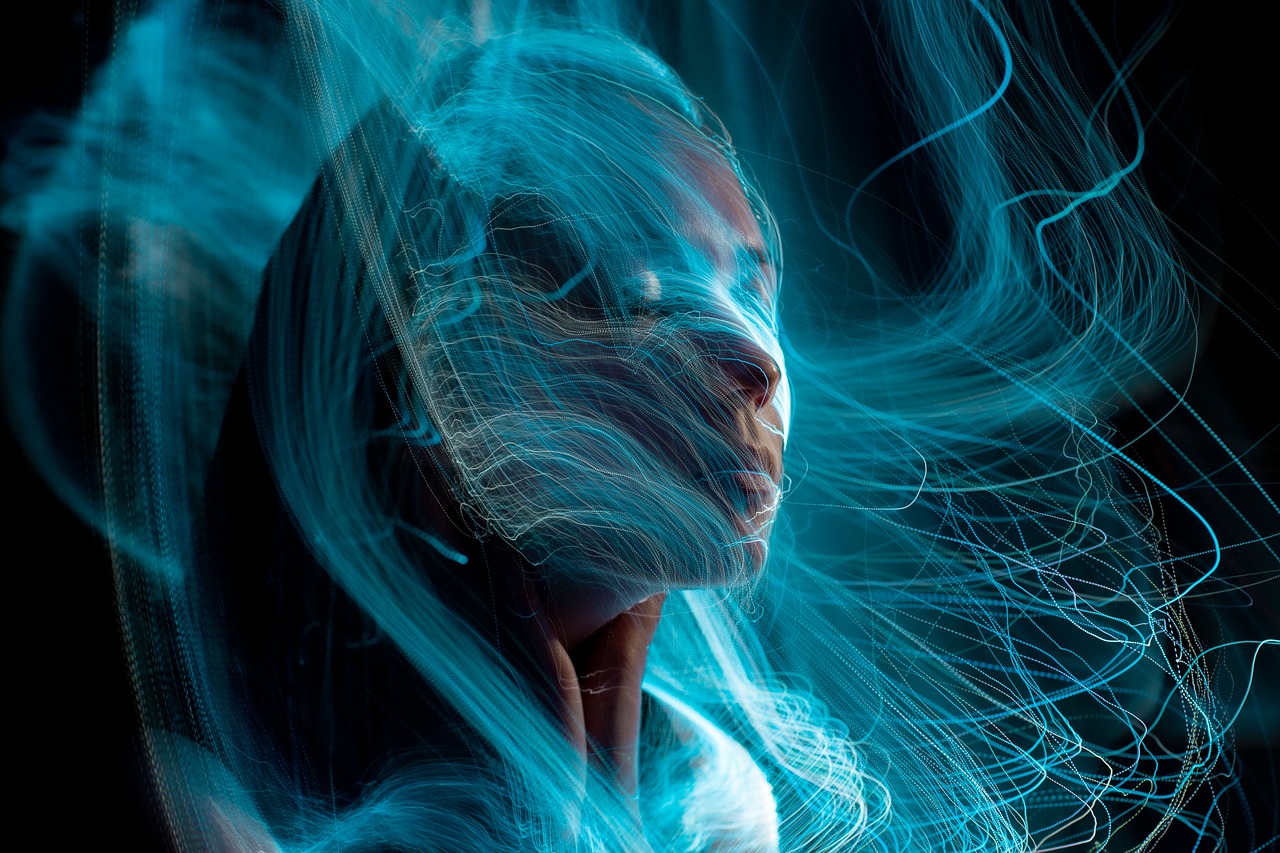
The Importance of Movement in Art
When we think about art, we often picture stillness—paintings hanging quietly on walls, sculptures frozen in time. However, movement plays a crucial role in how we perceive and experience art. Just like a dancer gracefully gliding across a stage or a bird soaring through the sky, movement can evoke feelings, stir emotions, and transport viewers into a different realm. Capturing motion in art is not just about depicting a subject in action; it’s about creating a dynamic experience that resonates with the audience.
Understanding the importance of movement in art can significantly enhance the way artists convey their messages. When motion is effectively captured, it brings life to the artwork, making it more engaging. Think about it: when was the last time you looked at a painting that felt stagnant? It likely didn’t hold your attention for long. On the other hand, a piece that beautifully captures the essence of movement can draw you in, inviting you to explore every brushstroke and detail.
Moreover, movement can influence the emotional impact of a piece. For instance, a painting depicting a rushing river can evoke feelings of chaos and urgency, while a serene landscape with gently swaying trees might instill a sense of calm. This emotional connection is vital for artists who wish to communicate deeper narratives through their work. By mastering the art of motion, artists can create pieces that not only look stunning but also resonate on a personal level with their audience.
In essence, movement in art acts as a bridge between the artist's intention and the viewer's perception. It allows for a dialogue that transcends the physical medium. As artists, the challenge lies in finding ways to capture that elusive quality of motion—whether through dynamic brush strokes, the use of color, or even the arrangement of elements within the composition. Each decision contributes to how the viewer experiences the artwork, making movement a vital component of artistic expression.
To summarize, the importance of movement in art cannot be overstated. It enhances engagement, evokes emotions, and creates a dialogue between the artist and the viewer. By embracing the concept of motion, artists can elevate their work, allowing their pieces to resonate on a deeper level. So, the next time you pick up a brush or step in front of a canvas, consider how you might incorporate movement into your art. It could be the key to unlocking a whole new dimension of creativity.
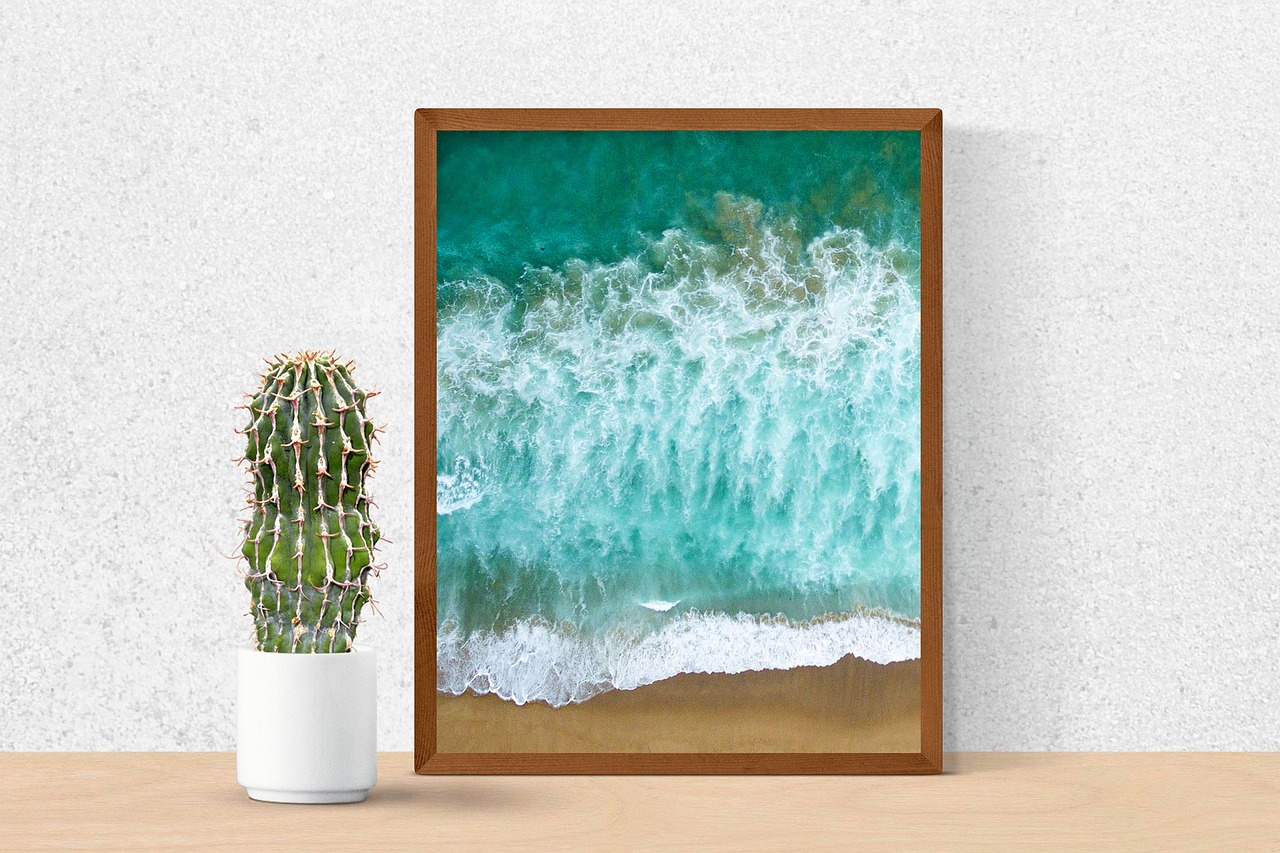
Techniques for Capturing Motion
When it comes to painting, capturing motion is akin to bottling lightning; it requires finesse, creativity, and an understanding of various techniques that can breathe life into your artwork. The beauty of motion lies in its ability to convey energy, emotion, and the fleeting nature of time. As artists, we must harness this essence to create pieces that resonate with viewers. Whether you're painting a bustling city street or a serene landscape, the techniques you choose can significantly influence how motion is perceived in your work.
One effective way to convey movement is through blurring. This technique mimics the way our eyes perceive fast-moving objects. Imagine watching a car zoom past; it leaves a streak of color in your vision. In your painting, you can achieve this by applying a soft brush to create blurred edges around the subject, suggesting speed and dynamism. The key here is to balance clarity and abstraction, allowing the viewer's imagination to fill in the gaps.
Another powerful method is the use of dynamic brush strokes. The way you wield your brush can dramatically alter the perception of movement. For instance, rapid, short strokes can evoke a sense of urgency, while long, sweeping strokes can suggest grace and fluidity. Experimenting with various brush sizes and shapes can also add texture and depth to your work. Consider this: a quick flick of the wrist can create the illusion of a dancer mid-leap, while a broad stroke can depict the gentle sway of a tree in the wind.
To further explore the concept of dynamic brush strokes, think about how different strokes can communicate speed and direction. For example, a series of jagged, short strokes can illustrate a chaotic scene, like a busy market or a stormy ocean. In contrast, smooth, elongated strokes can convey tranquility, such as a calm lake at sunset. The choice of stroke length and style is vital in guiding the viewer's emotions and thoughts.
When deciding between short and long strokes, consider the emotional response you want to elicit. Short strokes can create a sense of excitement, tension, or urgency, while long strokes often evoke feelings of peace, stability, or movement in a single direction. Imagine a race car speeding down the track; the artist might use short, rapid strokes to capture that exhilarating speed. On the other hand, a serene landscape might benefit from longer, flowing strokes that invite the viewer to linger and absorb the scene.
Color is another critical element in capturing motion. The warm hues of red and orange can suggest heat and energy, while cool blues and greens can evoke calmness or distance. A vibrant palette can make a scene feel alive, whereas muted tones may convey stillness. For instance, painting a sunset with warm colors can create a sense of movement as the sun dips below the horizon, while using cooler colors in a twilight scene can evoke a feeling of tranquility. The interplay of color and motion can significantly enhance the emotional impact of your work.
Layering is an excellent technique for adding depth and complexity to your paintings. By building layers of color and texture, you can create a sense of progression and dynamism. Start with a base layer that establishes the primary shapes and colors. Then, gradually add layers to enhance details and movement. This technique not only adds richness to your artwork but also allows you to manipulate the viewer's focus, guiding them through the scene.
As you experiment with these techniques, remember that capturing motion is not just about the physical representation of movement; it's about creating an emotional experience for the viewer. Whether through the brush strokes you choose or the colors you apply, each element contributes to the story your painting tells. So, grab your brushes, let your creativity flow, and bring your dynamic scenes to life!
Q: What is the best way to practice capturing motion in painting?
A: Start by observing real-life movements, such as people walking or trees swaying in the wind. Try sketching these movements quickly to capture their essence, then translate those sketches into your paintings using the techniques discussed.
Q: Can I use photography to help with capturing motion?
A: Absolutely! Photographs can serve as excellent references. Look for images that depict motion, and analyze how the photographer captured the movement. Use these insights to inform your brushwork and color choices.
Q: How do I know if I've successfully captured motion in my painting?
A: A successful depiction of motion often evokes an emotional response from the viewer. If your painting makes someone feel the energy or tranquility of the scene, you've likely captured motion effectively.
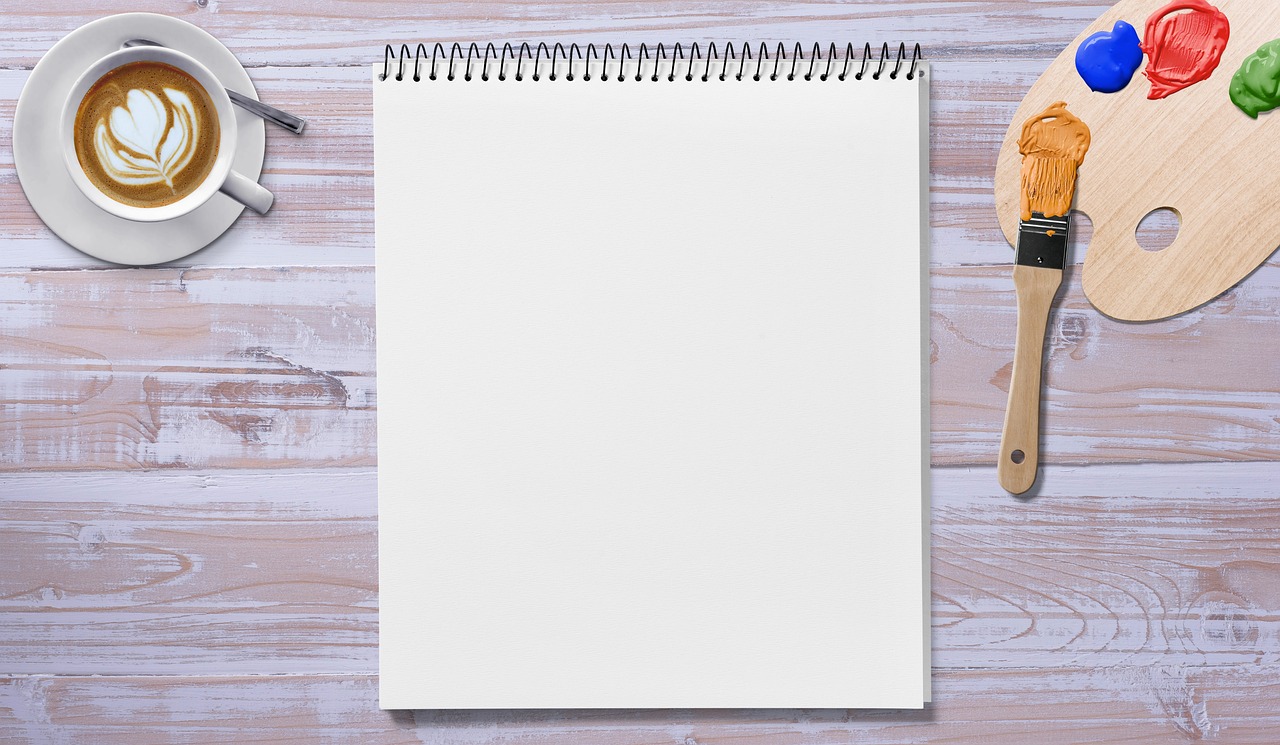
Dynamic Brush Strokes
When it comes to painting, the brush strokes you choose can make or break your ability to convey motion. Think of brush strokes as the heartbeat of your artwork; they pulse with energy and direction. are not just about the physical act of painting; they are a language of their own. They communicate speed, emotion, and movement, inviting the viewer to feel the energy you’ve captured on the canvas.
Imagine watching a dancer in motion. Each leap, each spin, is filled with grace and urgency. Now, picture translating that movement into paint. By employing varied brush strokes, you can mimic that very essence. For instance, short, choppy strokes can create a sense of rapid movement, as if the subject is darting across the canvas. In contrast, long, flowing strokes can evoke a sense of gliding or drifting, suggesting a more tranquil motion. The choice of stroke length and style can significantly alter how a viewer perceives the energy of your piece.
But how do you achieve this effect? Here are a few key techniques to consider:
- Varying Pressure: Applying different amounts of pressure with your brush can create diverse textures and shapes, which can enhance the illusion of movement.
- Directionality: The direction in which you stroke can imply the path of movement. For example, diagonal strokes can suggest upward motion, while horizontal strokes can create a sense of stability.
- Color Blending: Using dynamic brush strokes allows for the blending of colors on the canvas, further enhancing the feeling of motion. Warm colors can create a sense of urgency, while cooler shades can evoke calmness.
Additionally, consider the rhythm of your strokes. Just as a musician plays notes in a certain tempo, your brush strokes can create a visual rhythm. This rhythm can guide the viewer's eyes across the canvas, leading them on a journey through your artwork. Think of it as a dance where every movement is intentional, contributing to the overall flow of the piece.
Ultimately, mastering dynamic brush strokes is about experimentation. Don’t be afraid to try different techniques and let your intuition guide you. The beauty of art lies in its unpredictability—sometimes the most stunning effects come from happy accidents. So grab your brushes, and let’s bring some motion to life on that canvas!
- What are dynamic brush strokes? Dynamic brush strokes are varied and intentional brush techniques used to convey movement and energy in a painting.
- How can I practice dynamic brush strokes? Start by experimenting with different brush sizes and pressures on scrap paper, then apply those techniques to your canvas.
- Do I need special brushes for dynamic strokes? While certain brushes can help achieve specific effects, any brush can be used creatively to explore dynamic strokes.
- Can I combine techniques for a more dynamic effect? Absolutely! Combining short and long strokes, as well as varying colors, can create a more complex and engaging representation of motion.
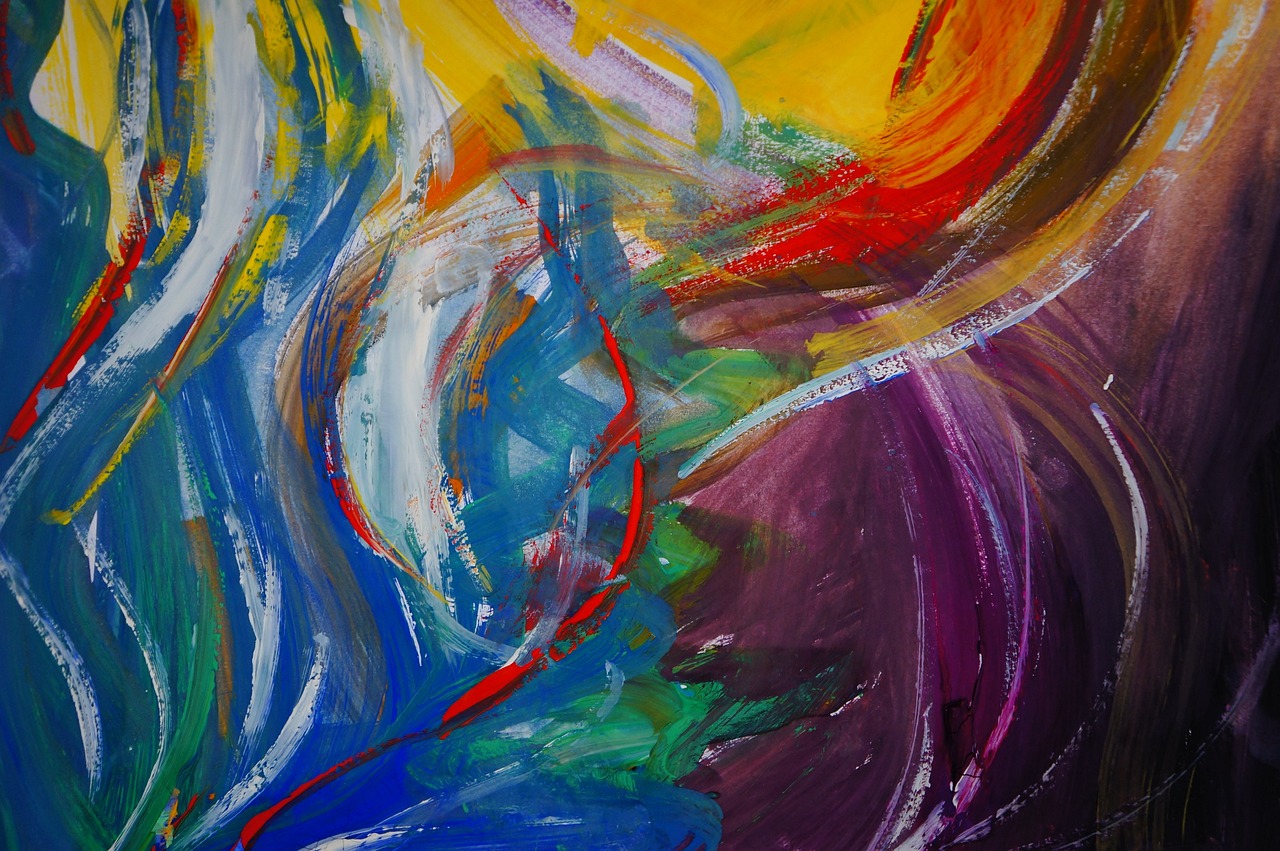
Short vs. Long Strokes
When it comes to painting, the choice between short strokes and long strokes can dramatically influence how movement is perceived in your artwork. Think of short strokes as quick bursts of energy, akin to the rapid flicker of a hummingbird's wings. They can create a sense of urgency and excitement, making the viewer's heart race as they take in the scene. On the other hand, long strokes can evoke a feeling of grace and fluidity, much like the smooth glide of a swan across a serene lake. Each technique has its own unique emotional resonance, and understanding how to wield these strokes effectively can transform your paintings.
Short strokes are often used to depict rapid motion or chaotic energy. For instance, imagine a dancer in mid-twirl; the quick, sharp strokes can capture the essence of their movement, making it feel almost tangible. This technique is particularly effective when painting subjects that are dynamic and full of life. Artists might employ a series of short, jagged lines to suggest the flickering motion of fire or the frenetic energy of a bustling city street. The key here is to keep the strokes varied in length and direction to enhance that sense of movement.
Conversely, long strokes can convey a more serene and deliberate motion. Picture a tranquil landscape where the wind gently sweeps through tall grass. Long, sweeping strokes can create a flowing rhythm that invites the viewer to linger and absorb the scene. This technique can also be incredibly effective when painting water or skies, where the smooth transitions create a sense of calm and continuity. By utilizing longer strokes, artists can guide the viewer's eye through the painting, creating a visual journey that feels both cohesive and harmonious.
Ultimately, the choice between short and long strokes depends on the story you want to tell through your art. Here’s a quick comparison to help you visualize their impact:
| Stroke Type | Effect on Movement | Emotional Resonance |
|---|---|---|
| Short Strokes | Suggests rapid, energetic movement | Excitement, urgency |
| Long Strokes | Conveys smooth, flowing motion | Calm, serenity |
In conclusion, mastering the art of short vs. long strokes is essential for any artist looking to capture the essence of movement in their work. By experimenting with these techniques, you can discover how they can change the narrative of your paintings, drawing viewers into a world that feels alive and vibrant. So grab your brushes and start playing with these strokes—who knows what dynamic stories you’ll create!
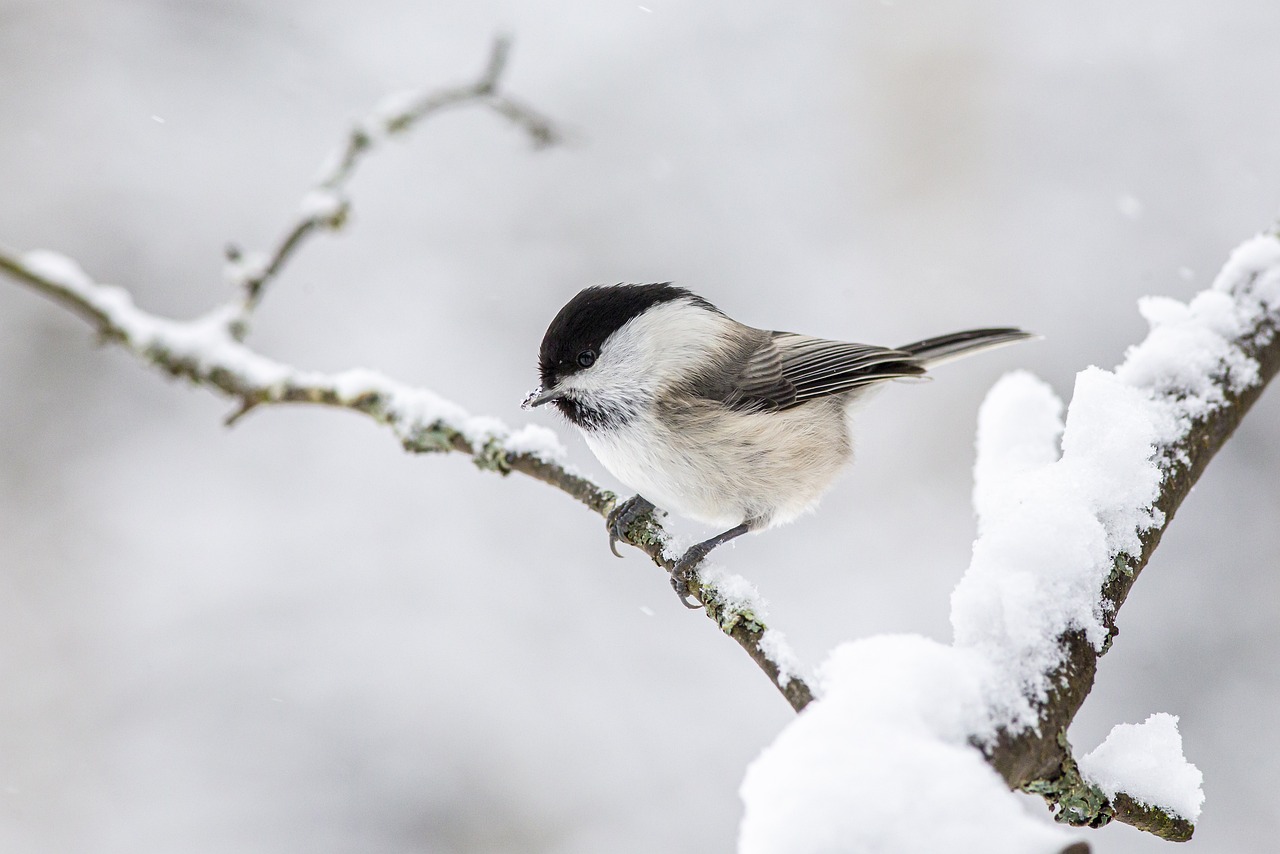
Color and Movement
When it comes to painting, color is not just a visual element; it’s a powerful emotional tool that can transform the perception of movement in your artwork. Imagine a vibrant red streak racing across a canvas; it doesn't just suggest speed—it ignites a sense of urgency and excitement. Conversely, a cool blue hue might evoke calmness, yet when applied in flowing, sweeping motions, it can also convey a sense of serene movement. This duality showcases how color and movement are intricately linked, creating an emotional tapestry that enhances the viewer's experience.
To effectively harness the relationship between color and movement, consider the following aspects:
- Warm Colors: Colors like red, orange, and yellow tend to advance in a painting, creating a sense of energy and movement. They can make the viewer feel the rush of a bustling city or the warmth of a sunset.
- Cool Colors: Blues, greens, and purples often recede, suggesting tranquility and fluidity. They can evoke feelings of a gentle breeze or the quiet flow of water.
- Contrast: Using contrasting colors can enhance the perception of movement. A bright color against a dark background can create a striking visual that draws the eye and suggests dynamism.
Furthermore, the directionality of color application plays a crucial role in conveying motion. For example, if you apply strokes of color that follow the path of movement—like a swirling tornado or a flowing river—you can amplify the feeling of action. The viewer's eye will naturally follow these strokes, creating a sense of rhythm and flow that mimics real-life movement.
Additionally, consider how the intensity and saturation of colors can impact the perception of speed. Bright, saturated colors can suggest rapid movement, while muted tones may imply a slower, more deliberate pace. Think of a racing car depicted with fiery reds and yellows, contrasting sharply against a dull gray road; the colors alone can evoke the thrill of speed and excitement.
In conclusion, mastering the interplay of color and movement is essential for any artist seeking to create dynamic and emotionally resonant pieces. By thoughtfully selecting your color palette and considering how colors interact with movement, you can elevate your artwork to new heights, inviting viewers to not just see, but feel the motion within your paintings.
- How can I choose the right colors for my motion-themed paintings? Consider the emotions you want to evoke and the type of movement you wish to portray. Warm colors often suggest energy, while cool colors can imply calmness.
- What techniques can I use to create the illusion of movement? Experiment with dynamic brush strokes, layering, and the application of color in the direction of motion to enhance the sense of dynamism in your work.
- Can I use color theory to improve my artwork? Absolutely! Understanding color theory can help you make informed decisions about color combinations that enhance the emotional impact of your paintings.
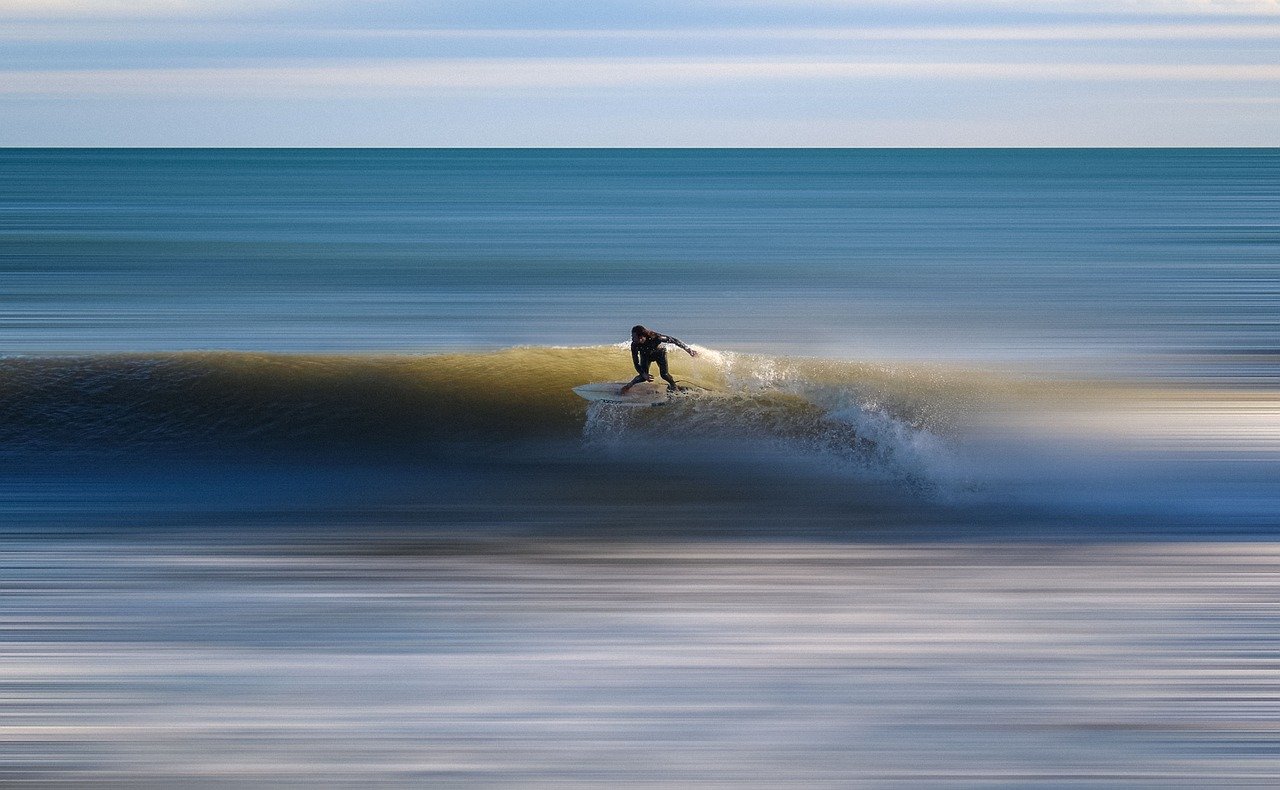
Layering Techniques
Layering is an essential technique in the art of painting that can dramatically enhance the perception of motion. When you think about layering, imagine a stack of transparent sheets, each one contributing to the final image. This method allows artists to build complexity and depth, creating a more dynamic representation of movement. By applying multiple layers of paint, you can achieve a sense of progression, where the viewer's eye is drawn along the path of motion. Each layer can represent a different moment in time, making the artwork feel alive and in constant flux.
One effective way to layer is by using transparent glazes. These thin layers of color can be applied over a dried base to create a sense of depth and luminosity. For instance, if you're painting a running horse, you might start with a solid base layer that captures the horse's form. Then, you could add translucent layers of color to suggest the energy and speed of the movement. This technique not only adds vibrancy but also allows the underlying colors to influence the final appearance, creating a more cohesive and engaging piece.
Another approach is to use textured layering. This involves applying thick paint or using tools like palette knives to create physical texture on the canvas. The raised areas can catch light differently, adding another dimension to the depiction of motion. Think about how a wave crashes against the shore; the texture of the paint can mimic the froth and spray, giving the viewer a visceral sense of the ocean's movement. Additionally, you can manipulate the texture to suggest speed—smoother, flatter areas might convey swift movement, while rougher textures could imply a more chaotic, energetic motion.
Moreover, layering can also involve the use of different mediums. For example, combining watercolor and acrylic can produce stunning effects. The fluidity of watercolor can suggest gentler movements, like the flowing of a dancer's dress, while acrylic can add bold, striking elements that convey more vigorous actions. By experimenting with various mediums, you can find unique ways to express motion that resonate with your artistic vision.
To truly master layering techniques, consider the following tips:
- Start with a clear vision: Before layering, have a clear idea of the motion you want to depict. Sketch out your composition to guide your layering process.
- Use a limited palette: Limiting your colors can help maintain harmony in your layers, making the final piece feel cohesive.
- Experiment: Don't be afraid to try new techniques and mediums. Sometimes the best effects come from unexpected combinations.
Ultimately, layering techniques allow you to capture not just the visual aspects of motion but also its emotional weight. The way you choose to layer your colors and textures can evoke feelings of speed, grace, chaos, or tranquility, depending on how you manipulate the elements on your canvas. So, get out there, experiment with layering, and watch your paintings come to life!
Q: What is layering in painting?
A: Layering in painting refers to the technique of applying multiple layers of paint to create depth, texture, and a dynamic representation of movement. Each layer adds complexity and can influence the overall look of the artwork.
Q: How can I achieve a sense of motion in my paintings?
A: You can achieve motion through various techniques such as dynamic brush strokes, color choices, and layering. Experimenting with these methods will help you find the best way to convey movement in your art.
Q: Can I mix different mediums when layering?
A: Yes! Mixing different mediums, such as watercolor and acrylic, can create unique effects and enhance the depiction of motion in your artwork.
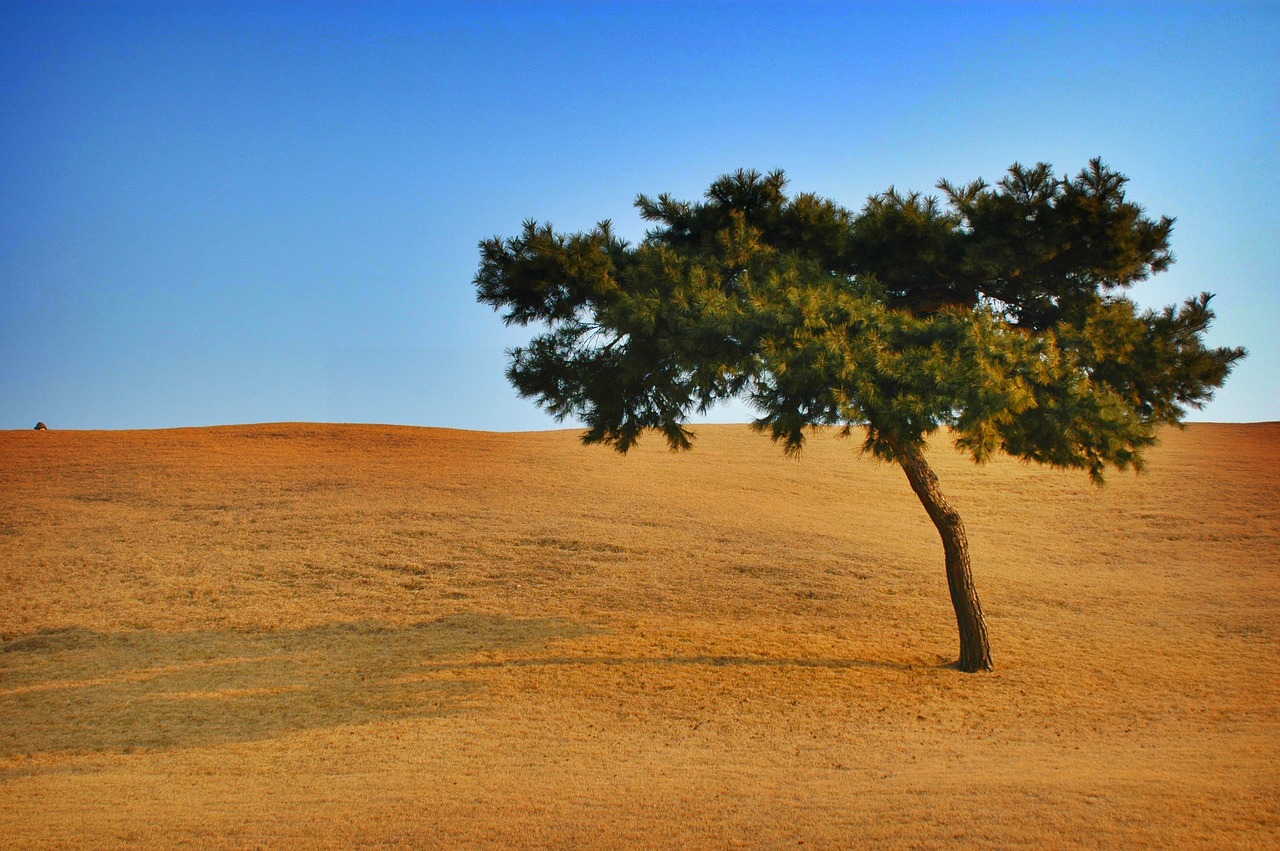
Incorporating Emotion into Motion
When it comes to art, the fusion of emotion and movement can create a captivating experience for the viewer. Imagine standing in front of a painting that not only depicts a scene in motion but also resonates with your feelings. This is the magic of incorporating emotion into motion. It elevates your artwork from mere visuals to a profound experience that speaks to the soul. So, how do we achieve this intricate balance?
First, it's essential to understand that every brushstroke carries emotional weight. Think of it as the heartbeat of your painting. Each movement you make on the canvas can convey a different sensation: joy, sorrow, chaos, or tranquility. For instance, a swift, energetic stroke might evoke feelings of excitement or urgency, while a slow, deliberate stroke can suggest calmness or introspection. By being mindful of your brushwork, you can manipulate the viewer's emotional response to the movement you depict.
Now, let’s dive into the role of color in this emotional equation. Color is not just a visual element; it's a language of feelings. Warm colors like reds and oranges can create a sense of energy and vibrancy, while cool colors such as blues and greens often evoke serenity and calm. When you combine these colors with dynamic forms, you can effectively convey a narrative that resonates with the viewer. For example, a painting of a bustling city street can be brought to life with vibrant reds and yellows, while a tranquil lakeside scene might be best represented with soothing blues and greens.
Moreover, storytelling plays a pivotal role in this process. Every painting can tell a story through its depiction of motion. Think about how the figures in your artwork interact with their surroundings. Are they racing against the wind, or are they caught in a gentle sway? Each scenario can tell a different story and evoke various emotions. To engage the viewer on a deeper level, consider incorporating elements that hint at a narrative. For instance, a dancer caught mid-twirl can symbolize freedom and joy, while a solitary figure walking in the rain might evoke feelings of loneliness or reflection.
To help you visualize this concept, consider the following table that outlines how different elements can influence the emotional impact of your motion-themed paintings:
| Element | Emotion Evoked | Example |
|---|---|---|
| Brushstrokes | Energy, Calmness | Quick strokes for excitement, long strokes for tranquility |
| Color | Joy, Sadness | Warm colors for happiness, cool colors for melancholy |
| Composition | Movement, Stillness | Diagonal lines for action, horizontal lines for rest |
Lastly, don't underestimate the power of form. The shapes and silhouettes you choose can significantly impact the emotional undertone of your painting. Curved forms often suggest fluidity and grace, while angular shapes can imply tension and conflict. By thoughtfully selecting the forms that represent your subject matter, you can enhance the emotional narrative of your artwork.
In conclusion, incorporating emotion into motion is not merely about depicting physical movement; it's about creating a dialogue between your artwork and the viewer's feelings. By experimenting with brushstrokes, color, storytelling, and form, you can create paintings that not only capture movement but also resonate emotionally, leaving a lasting impression on those who experience them.
- How can I start incorporating emotion into my paintings? Begin by experimenting with different brushstroke techniques and color palettes that resonate with the feelings you want to convey.
- What role does storytelling play in motion-themed art? Storytelling can enhance the viewer's connection to the artwork, making the motion depicted more relatable and impactful.
- Can I use abstract forms to convey emotion? Absolutely! Abstract forms can be powerful in expressing emotions, allowing for personal interpretation by the viewer.

Storytelling Through Movement
Every painting has the potential to tell a captivating story, and when you incorporate movement into your artwork, that narrative becomes even more dynamic and engaging. Think about it: when you observe a piece of art that captures a moment in motion, it’s as if the painting is inviting you to step into a scene filled with life and energy. This is where the magic happens! By skillfully depicting movement, you can create a sense of action that resonates with viewers on a deeper level.
To effectively weave narrative elements into your artwork, consider the following approaches:
- Contextual Elements: Incorporating background details that suggest a setting can enhance the story. For instance, a runner racing through a bustling cityscape instantly conveys urgency and excitement.
- Character Interaction: Depicting characters in motion can illustrate relationships and emotions. Imagine two dancers twirling together; their movements can express joy, tension, or even conflict.
- Sequential Movement: Creating a series of images or strokes that suggest progression can guide the viewer’s eye through the narrative. Think of a comic strip where each frame builds upon the last, leading to a climactic moment.
When you think about storytelling through movement, it’s essential to consider how the viewer’s eye will travel across your canvas. Just like a well-directed film, your painting should have a clear focal point that draws attention and directs the viewer's gaze. This can be achieved through the use of leading lines, contrasting colors, and strategic placement of subjects within the composition.
Moreover, the emotions you wish to convey can be amplified through the use of movement. For example, a swirling vortex of colors can evoke feelings of chaos or excitement, while gentle, flowing lines may suggest tranquility and peace. By aligning the movement in your artwork with the emotions you want to express, you create a powerful connection with your audience.
In summary, storytelling through movement is about more than just depicting action; it’s about creating an experience for the viewer. By thoughtfully combining elements of motion with narrative techniques, you can craft paintings that not only capture the eye but also stir the heart and provoke thought. So, the next time you pick up your brush, ask yourself: What story am I trying to tell? And how can movement help bring that story to life?
Here are some common questions regarding storytelling through movement in art:
- How can I start incorporating movement into my paintings? Begin by observing dynamic scenes in your daily life or through photographs. Experiment with different brush strokes and colors to capture the essence of motion.
- What are some good examples of artists who excel in depicting movement? Artists like Edgar Degas and Umberto Boccioni are renowned for their ability to convey motion in their work. Studying their techniques can provide valuable insights.
- Can movement in art convey emotions effectively? Absolutely! The way you depict movement can significantly influence the emotional response of the viewer. Consider how different movements evoke different feelings.
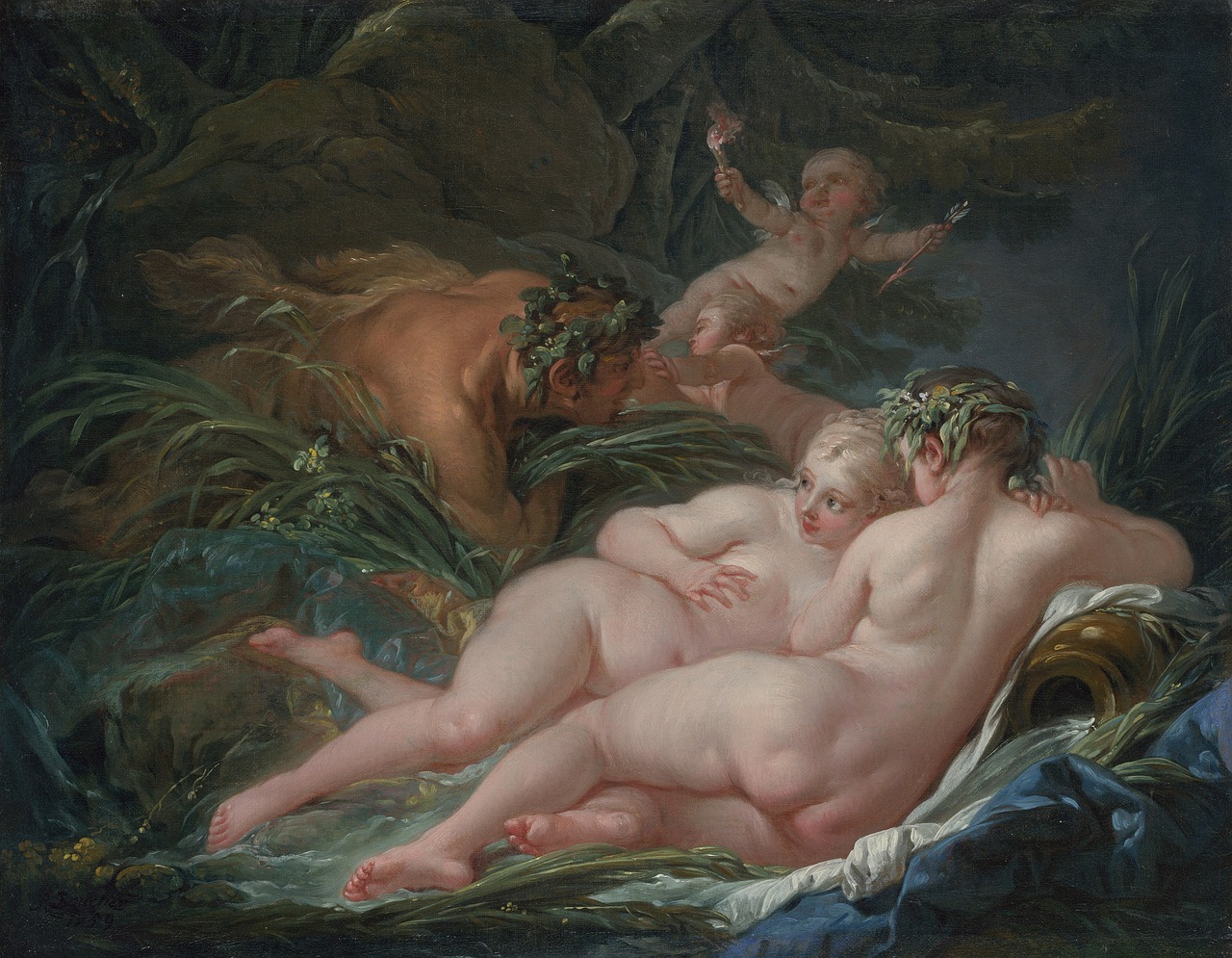
Evoking Emotion with Color and Form
When it comes to painting, color and form are not just aesthetic choices; they are powerful tools that can evoke a wide range of emotions in the viewer. Imagine walking into a gallery and being immediately struck by a vibrant red canvas. That color, bold and fiery, might stir feelings of passion or anger, while a soft blue piece might envelop you in a sense of calm and tranquility. This emotional response is not accidental; it’s the result of carefully considered choices made by the artist.
To truly harness the power of color and form in your paintings, it's crucial to understand the psychological effects of different colors. For instance, warm colors like red, orange, and yellow tend to create a sense of energy and excitement, while cool colors such as blue, green, and purple often evoke feelings of serenity and introspection. By strategically incorporating these colors into your artwork, you can guide the viewer's emotional journey.
Moreover, the form or shape of the elements within your painting can also significantly impact how emotions are perceived. Sharp, angular forms might suggest tension or chaos, while soft, rounded shapes can create a sense of comfort and safety. Think about how a swirling, chaotic composition can make the viewer feel anxious, whereas a harmonious arrangement of circular forms can evoke a sense of peace. The relationship between color and form is like a dance; they work together to create a cohesive emotional narrative.
Here’s a quick overview of how different colors and forms can evoke specific emotions:
| Color | Emotion | Form | Emotion |
|---|---|---|---|
| Red | Passion, Anger | Sharp Angles | Tension, Chaos |
| Blue | Calm, Sadness | Soft Curves | Comfort, Safety |
| Yellow | Joy, Energy | Symmetrical Shapes | Harmony, Balance |
As an artist, you have the unique ability to manipulate these elements to create a visceral experience for your audience. Consider how the interplay of color and form can be used to tell a story or convey a specific message. For example, if you want to depict a moment of joy, you might choose a bright yellow palette with rounded, flowing forms to create a sense of movement and happiness. On the other hand, if you aim to capture a moment of despair, a darker color scheme with jagged shapes can effectively communicate that emotion.
Ultimately, the key to evoking emotion with color and form lies in your intention as an artist. Every brushstroke, every hue, and every shape should serve a purpose in conveying the feelings you wish to share with the world. So, the next time you pick up your brush, ask yourself: What emotion do I want to evoke? By maintaining this focus, you can create artwork that not only captivates the eye but also resonates deeply with the heart.
- How do colors impact emotions in art?
Colors can evoke specific feelings based on their psychological associations. For example, warm colors like red and yellow often suggest energy and excitement, while cool colors like blue and green can evoke calmness and tranquility. - What is the role of form in conveying emotion?
The shapes and forms used in a painting can significantly influence how emotions are perceived. Sharp, angular forms may create feelings of tension, while soft, round forms can evoke comfort and peace. - Can I combine colors and forms to tell a story?
Absolutely! The combination of color and form can create a narrative within your artwork, allowing you to express complex emotions and themes effectively.
Frequently Asked Questions
- What is the significance of movement in painting?
Movement in painting is crucial because it adds dynamism and energy to the artwork. It helps to engage viewers, making them feel the action and emotion within the piece. Capturing motion can transform a static image into a lively scene, allowing the audience to experience the story being told.
- What techniques can I use to depict motion in my paintings?
There are several effective techniques to convey motion, such as using dynamic brush strokes, blurring, and layering. Each method can create a different impression of movement. For instance, dynamic brush strokes can suggest speed and direction, while layering can add depth, enhancing the sense of motion.
- How do brush strokes affect the perception of movement?
The choice between short and long brush strokes can significantly influence how movement is perceived in your artwork. Short strokes might evoke a sense of rapid motion, while longer strokes can suggest a more fluid, graceful movement. Experimenting with these techniques can help you convey the desired energy in your paintings.
- Can color influence how movement is perceived in art?
Absolutely! Colors play a pivotal role in conveying motion. Warm colors like reds and oranges can suggest speed and urgency, while cool colors like blues and greens can create a sense of calmness or slower movement. By strategically using color, you can enhance the emotional impact of your artwork.
- How can I incorporate emotion into my motion-themed paintings?
To intertwine emotion with movement, consider the story you want to tell through your artwork. Use color and form to evoke specific feelings, and think about how the motion depicted can reflect those emotions. This approach will help you create more relatable and impactful pieces that resonate with viewers.
- What storytelling elements can I include in my paintings to enhance movement?
Incorporating narrative elements into your artwork can elevate the depiction of motion. Think about the characters, their actions, and the context of the scene. By weaving a story through movement, you invite viewers to engage with your painting on a deeper level, making them feel part of the experience.



















